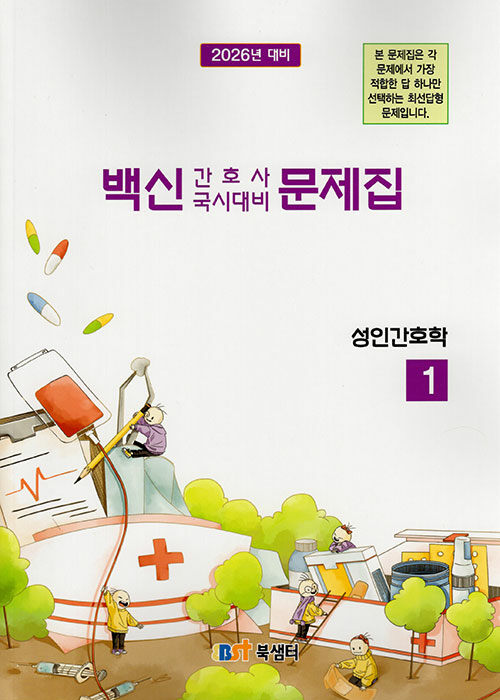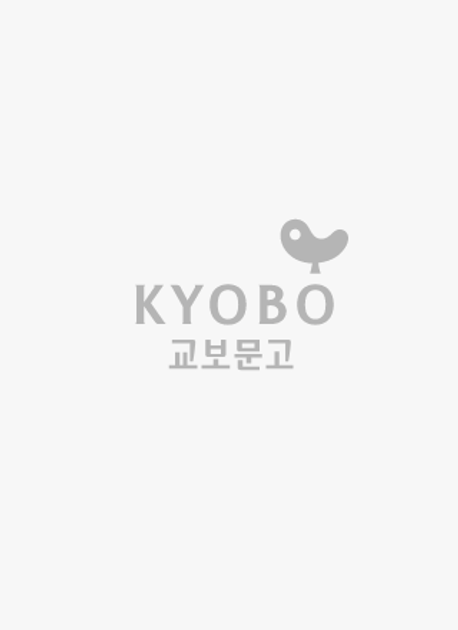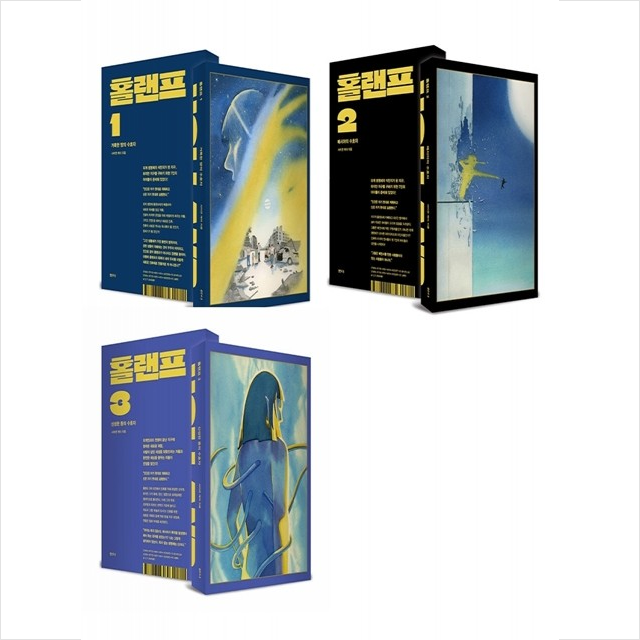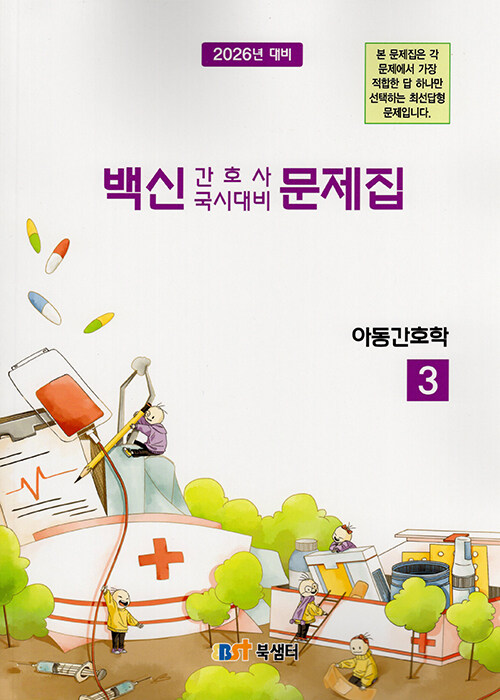The Odyssey of Damyang Valley(담양골 오딧세이)(영문판) (윤동주문학상 수상 기념시집, <담양골 오딧세이> 영문판)
이정록 | 샘문
10,800원 | 20250430 | 9791194817024
〈Intention of Writing〉
Damyang is the hometown of poetry, holding 500 years of legend.
The city holds a distinguished poetic style which stands at the sacred ground and the highest level of humanities.
This style has given consolation and healing to Koreans in the modern world.
The style is called a ‘Free verse,’ written purely in Hangul, King Sejong’s great invention in 1446. Choe Nam-seon’s “From the Sun to a Boy” is known as the beginning of Korean poetry, however, it is actually the first poem to be published in the form of a modern literary magazine.
In fact, Jeong Cheol built a gazebo in Songangjeong, Damyang, in 1588, and cited “Samiingok.” It was 140 years after Hangul was created.
Songgang(Jeong Cheol’s pen name) wrote poems like “Samiingok,” “Sokmiingok,” “Seongsanbyeolgok,” and “Hoonminga,” which were all written in Hangul, more freely than the traditional Korean poems.
This style is more known by the term “lyrics,” which is the origin of Free Verse.
Then started the culture of writing Free Verses on the coats of Damyang’s women. This is called ‘The Free Verse on the Coats.’ Intention of Writing
Including Myeonang Songsoon who wrote the lyrics for “Myeonangjeongga,” there came poets like Kim Inhoo, Kee Daeseung, Im Eokryeong, Yang Eungjeong, and Yoon Seondo, all of who contributed to setting the foundation stone for modern lyrics, or the free verse. These poets made Damyang a sacred place of lyrical poetry.
Yet, modern people, even those born in Damyang, barely know this legend of the city or the value of this history.
In such a background, the writer sought to spread the origin of modern lyrical poetry by putting “Damyang’s market day” in the main concept and subject of his poetry collection. He also dreams of blooming the flower of a Nobel Prize and thus contribute to the peace, freedom, and happiness of the humanity. He wishes that these sacred lyrical poems can become a high-quality content, allowing for the world to enjoy Korean poetry. With the vision of creating K-Literature Contents that can lead the global literary world, he wrote this collection.












